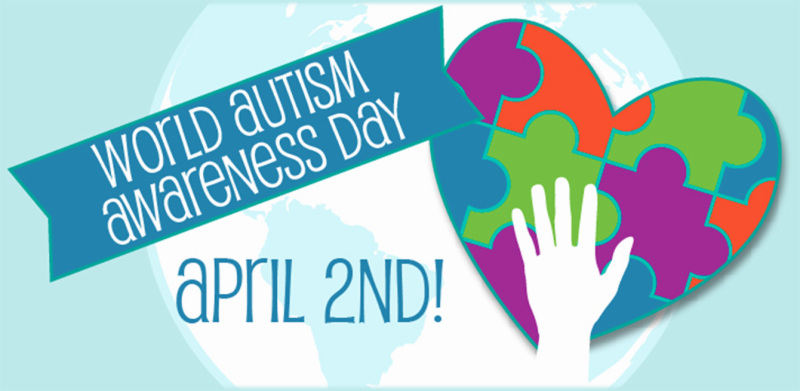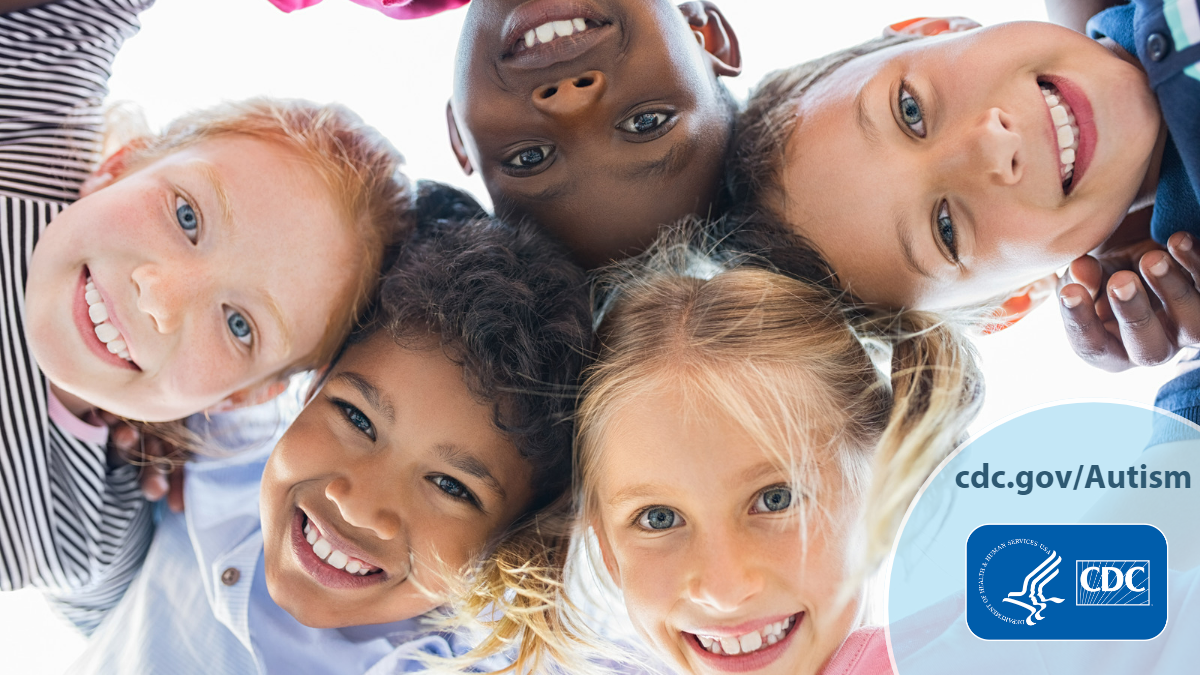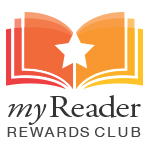April is one of the four months with only 30 days. (Do you know the other three?)
The United States has no federal holidays in April. The closest day that might be considered a holiday is April Fool’s Day and I’m not fooling. From what I’ve read, the true origin of this strange observance is unknown, but there are many theories. Just be careful who and what you believe on April 1.
Religious Observances in April
Due to Ash Wednesday coming so early in 2024, the Christian observance of Easter occurred on the last day in March, rather than in April as it often is.
The Jewish faith observes Passover and Muslims celebrate Eid al-Fitr, the end of Ramadan, in April 2024.
World Autism Month
Autism, or autism spectrum disorder (ASD), refers to a broad range of conditions characterized by challenges with social skills, repetitive behaviors, speech, and nonverbal communication. According to the Centers for Disease Control, autism affects an estimated 1 in 36 children in the United States today.
We know that there is not one autism but many subtypes, most influenced by a combination of genetic and environmental factors. Because autism is a spectrum disorder, each person with autism has a distinct set of strengths and challenges.
How people with autism learn, think, and problem-solve can range from highly skilled to severely challenged. Some people with ASD may require significant support in their daily lives, while others may need less support and, in some cases, live independently.

In 2007, the United Nations General Assembly unanimously declared April 2 as World Autism Awareness Day to highlight the need to help improve the quality of life of those with autism so they can lead full and meaningful lives as an integral part of society.
Since then many governments, organizations, and agencies also highlight autism during April, with some choosing to call it Autism Acceptance Month.
“Awareness is knowing that somebody has autism,”
“Acceptance is when you include (a person with autism) in your activities. Help (them) to develop in that community and get that sense of connection to other people.”
Christopher Banks, president and CEO of The Autism Society of America.
This post I published in 2017 was one of the top 5 most viewed for that year.
A Different Way of Seeing Autism- a book review
“Uniquely Human: A Different Way of Seeing Autism” by Barry M. Prizant, PhD, CCC-SLP offers insights into understanding and living with autism. The book promotes a person-centered approach, emphasizing the importance of engaging, building self-esteem, and fostering joyful experiences for individuals with autism. Dr. Prizant advocates for working with their strengths rather than focusing on…
Keep readingRemembering our home, planet Earth

Earth Day, April 22, 2024
For the first Earth Day in 1970, millions of Americans from all walks of life joined to start the modern environmental movement. Since then, Earth Day has grown into the largest civic event engaging billions of people from 192 countries to safeguard our planet and fight for a brighter future.
For Earth Day 2024 on April 22nd, EARTHDAY.ORG is committed to ending plastics for human and planetary health, demanding a 60% reduction in the production of ALL plastics by 2040.
How much do you know about our Earth? Test your knowledge!
Take an Earth Day Quiz
In a previous post, I reviewed a book by Dr. Goodall about how taking care of our planet helps us.
Dr Jane Goodall’s Harvest for Hope- a book review
Jane Goodall wants us to manage stress , not so much our own, but the stress of our planet, by producing, transporting, preparing, and eating our food in ways less harmful and wasteful to us and our planet.
Keep readingArbor Day, April 26, 2024
In 19th century North America, pioneers began moving west into the Nebraska Territory. They missed the trees they left behind and lacked trees as windbreaks to keep soil in place, for fuel and building materials, and for shade from the hot sun.
On January 4, 1872, J. Sterling Morton proposed a tree-planting holiday called “Arbor Day” at the Nebraska State Board of Agriculture meeting.
Today Arbor Day is celebrated in all 50 states. The most common date for the state observance is the last Friday in April — National Arbor Day — but in some states, Arbor Days are at other times to coincide with the best tree planting weather, from January and February in the south to May in the far north.
While Nebraska City, NE, is the official birthplace of the Arbor Day holiday, communities around the globe gather every year to celebrate trees and plant for a greener tomorrow. Find out when countries all over the world gather together to plant and celebrate trees.

.
Old Farmer’s Almanac 2024
Do you know what an almanac is? According to the Merriam-Webster Dictionary, an almanac is
- a publication containing astronomical and meteorological data for a given year and often including a miscellany of other information
- a usually annual publication containing statistical, tabular, and general information
For many people, the almanac is synonymous with The Old Farmer’s Almanac, the oldest in the USA—started when George Washington was president (1789-1797).
Each edition calculates the tides and times for fishermen, travelers, sailors, bookkeepers, beekeepers, gardeners, prognosticators, pollsters, politicians, cooks, and anyone who walks this Earth, including farmers. There are useful tools—sunrise and sunset times, weather predictions, planting calendars, Moon phase dates, and reference tables.
“Our main endeavour is to be useful, but with a pleasant degree of humor.”
Robert B Thomas, Founder
If you are a gardener you may rely on this or another almanac to know what and when to plant flowers and vegetables where you live.
2024 Planting Calendar: When to Plant Vegetables
In this archive post, I discuss plant-based eating and share some books and online resources.
Surprising health benefits of plant based eating
The post introduces two influential books and associated websites advocating for whole plant-based unprocessed foods. “The China Study” demonstrates the link between nutrition and major diseases, while “How Not to Die” proposes dietary changes to prevent and reverse diseases. These resources recommend whole foods, plant-based diets and provide evidence-based guides and recipes for healthy eating.
Keep readingexploring the HEART of health in April
Did you guess the other three months with 30 days? They are June, September, and November.
I’d love to have you join me for my next post where I share more information and inspiration to help you turn health challenges into health opportunities.
Add your name to the subscribe box and I’ll send you an email when I publish a new post. Click the link in the email to go straight to the post. You won’t get anything else. You can easily unsubscribe anytime but I hope you won’t.

Dr Aletha








You must be logged in to post a comment.